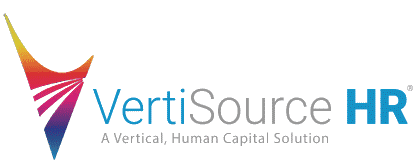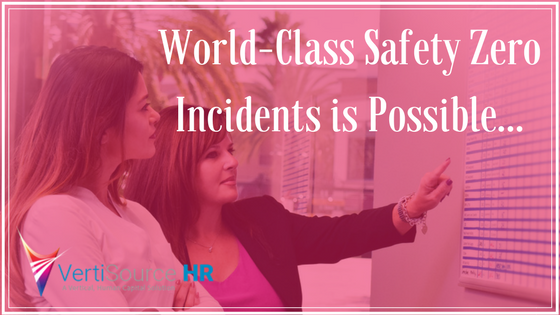Did you know your company culture has a significant correlation on safety and number of recordable incidents?
Company culture is a concept that’s largely developed by human resources and HR strategy. Company culture fosters positive employee development and strategic workforce planning that emphasizes positive thinking and growth mindset while keeping business strategy in mind.
When your company culture is handled by HR professionals using a human resource information system, workforce management can be a lot easier and lead to less harmful situations in the workplace.
Using a human resource information system (or HRIS), you can foster human resource development with employee data management and business strategy using hard data from a learning management system.
This HRIS system not only helps you protect your employee’s wellbeing, but you’re able to manage talent strategy to mitigate rising stress levels and lower the potential for emotional burnout that could lead to a lower likelihood that you as a business retain talent.
Implementing a strong safety culture increases performance, productivity and profitability. Keep employee experience at the center of your HRIS processes to analyze data that matters.
Employee experience often asks important questions that meet business needs by providing relevant data that benefits administration and employee alike.
-
What does your company culture look like?
-
How much emphasis is placed on raising safety awareness?
-
Do you have weekly, monthly, quarterly, annual safety meetings and if so, are you consistent?
-
And most importantly, does your leadership follow by example?
An HRIS analyst can help you answer these questions if you’re not sure.
If you’re a small business, you might not have an HR department managing employee engagement and using multiple systems to store data. Employee engagement, if you’re a small business, might be as simple as asking, “how is everyone doing today?”
But this approach won’t help you meet your business goals.
You need additional resources, HR strategy, and talent management to keep your employees happy and safe.
Here at VertisourceHR, as an outsourcing human resources company, we care about your people’s safety and business performance.
How do we build a sustainable solution for your organization?
We utilize tried and true human resources solutions that will protect you in a way you might not be able to do yourself with your limited manpower.
One of the HR strategy tools we use as human resources professionals is the DuPont Bradley Curve.
The DuPont Bradley Curve has been proven to be effective and successful across many organizations. The goal is to develop an interdependent culture promoting employees to be engaged with pride in their own safety as well as their team members. An employee benefits as much from this strategic HR plan as you do.
So what is The DuPont Bradley Curve?
It demonstrates the relative culture strength with the number of recordable incidents and shows progressive maturity of safety culture’s mindset and behaviors. It provides a way to give your employees proper safety training while keeping them engaged, entertained, and interested.
Human capital management can be difficult, but tools like this can give you the HR strategy you need to connect to your employees. While there’s no one system for human resource management, human resource management is a crucial part of your business, and you can’t ignore how health plays a major part in human resource management.
The DuPont Bradley Curve can be implemented in any industry with the right human resources professionals engaging in smart HR strategy. Let’s use an office environment as an example: practice safe stretches at the beginning of each shift, deliver informative materials such as the 20-20-20 rule to reduce eye strain from our computers, assign and rotate safety topics to engage your team during safety meetings, share near misses with the group and discuss preventative action plans.
Through these simple routines, you’re reminding employees that their health matters to you as an employer and that their health should be important to them, too. Human resources solutions are often about routine; outsourcing human resources solutions allows someone from the outside to look in and see what routines would best benefit your circumstances in an executed HR strategy.
Improving an organization’s culture takes time and effort, no matter the efficiency of the HR strategy. Using an outsourced problem solving solution might be easier for not-so-large organizations that can’t handle managing people or training new employees. Begin by evaluating where you are, identify the opportunities and start by “taking a step to the right”. Let’s take your company from a reactive, dependent, or independent to an interdependent safety culture.
[/et_pb_text][/et_pb_column][/et_pb_row][/et_pb_section]

